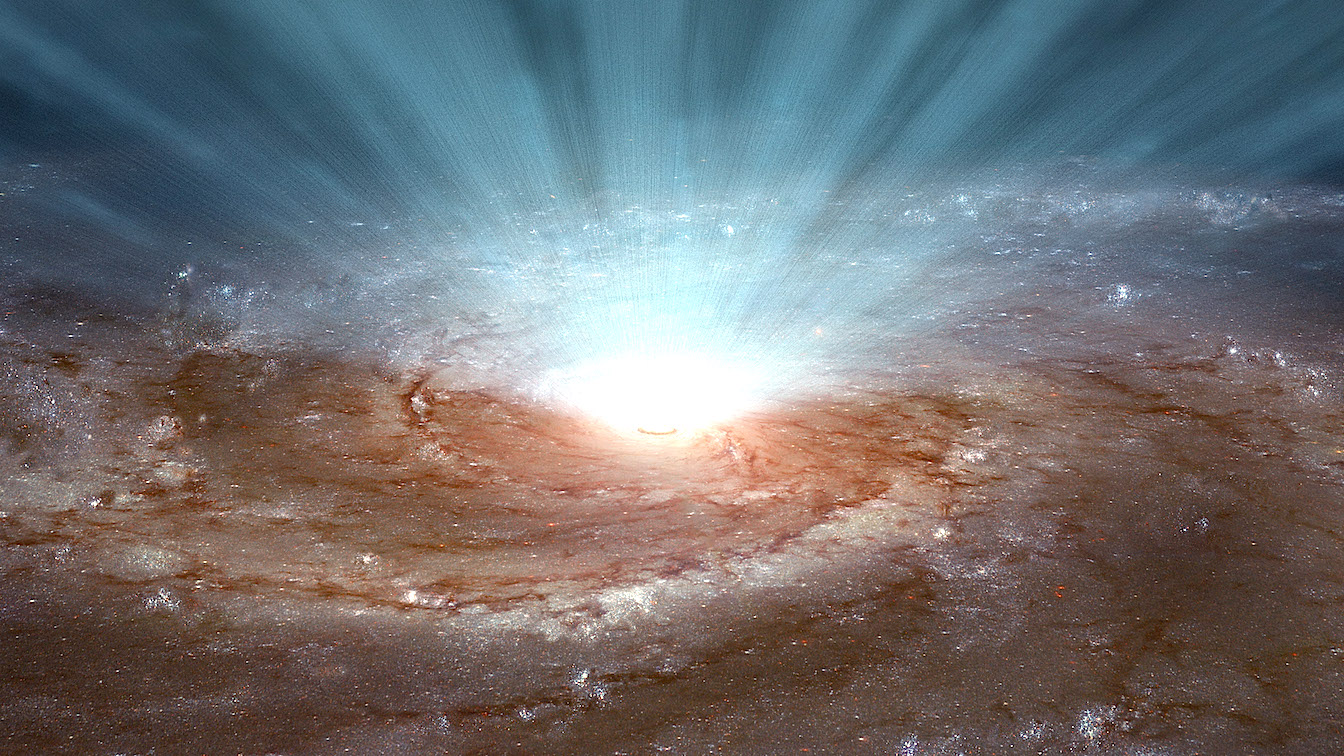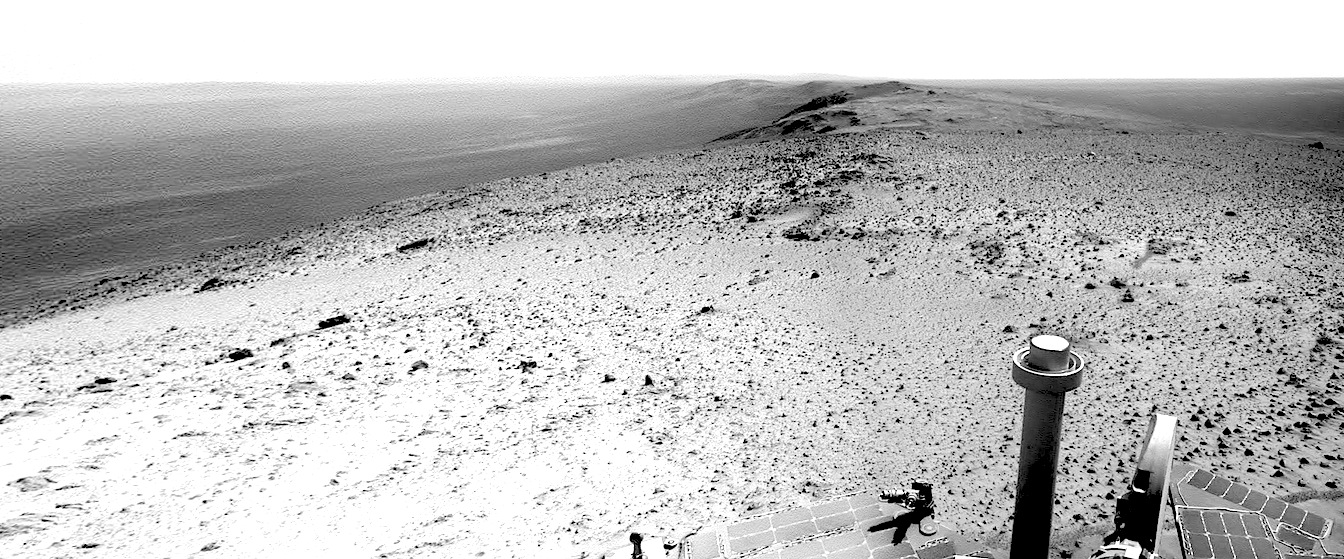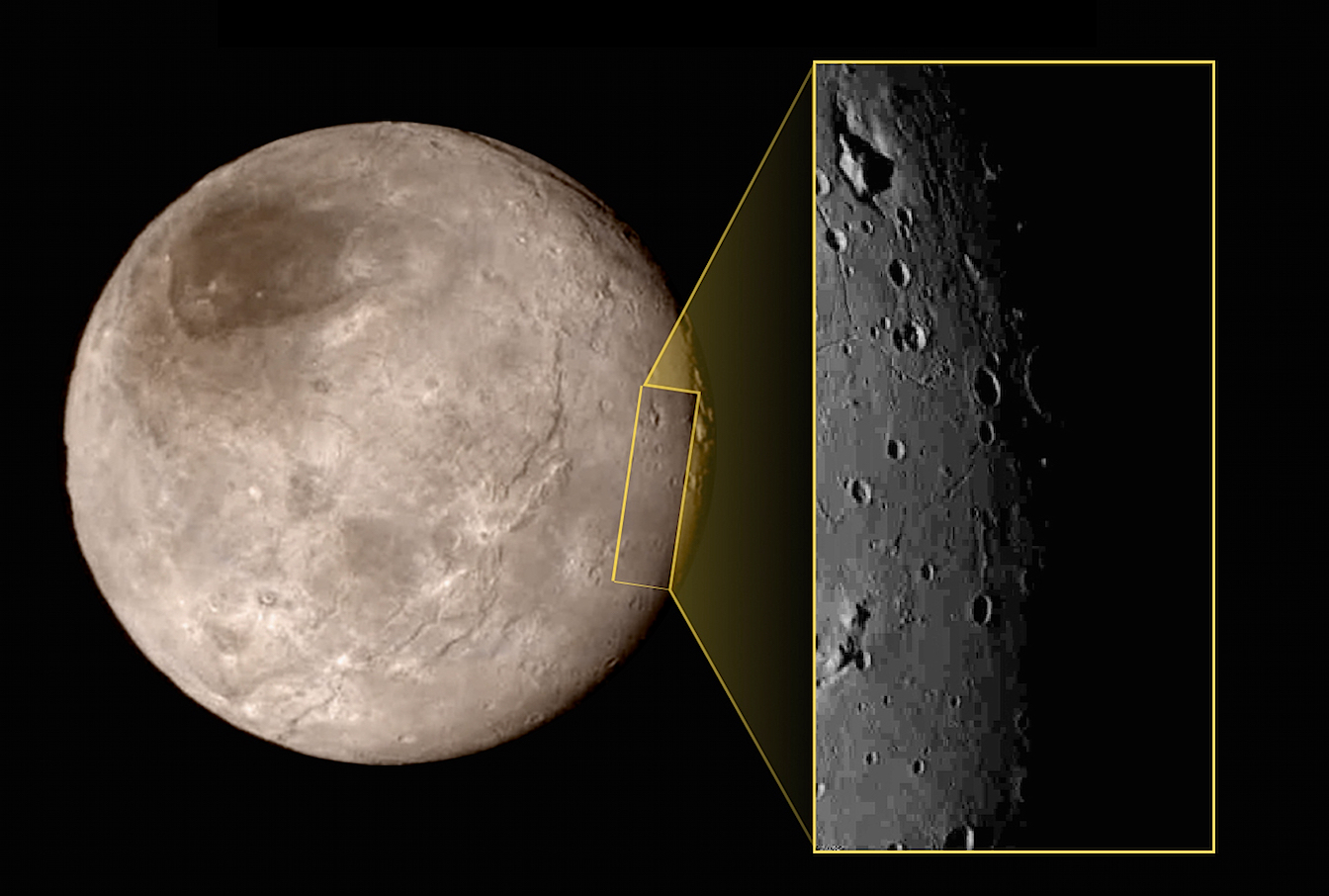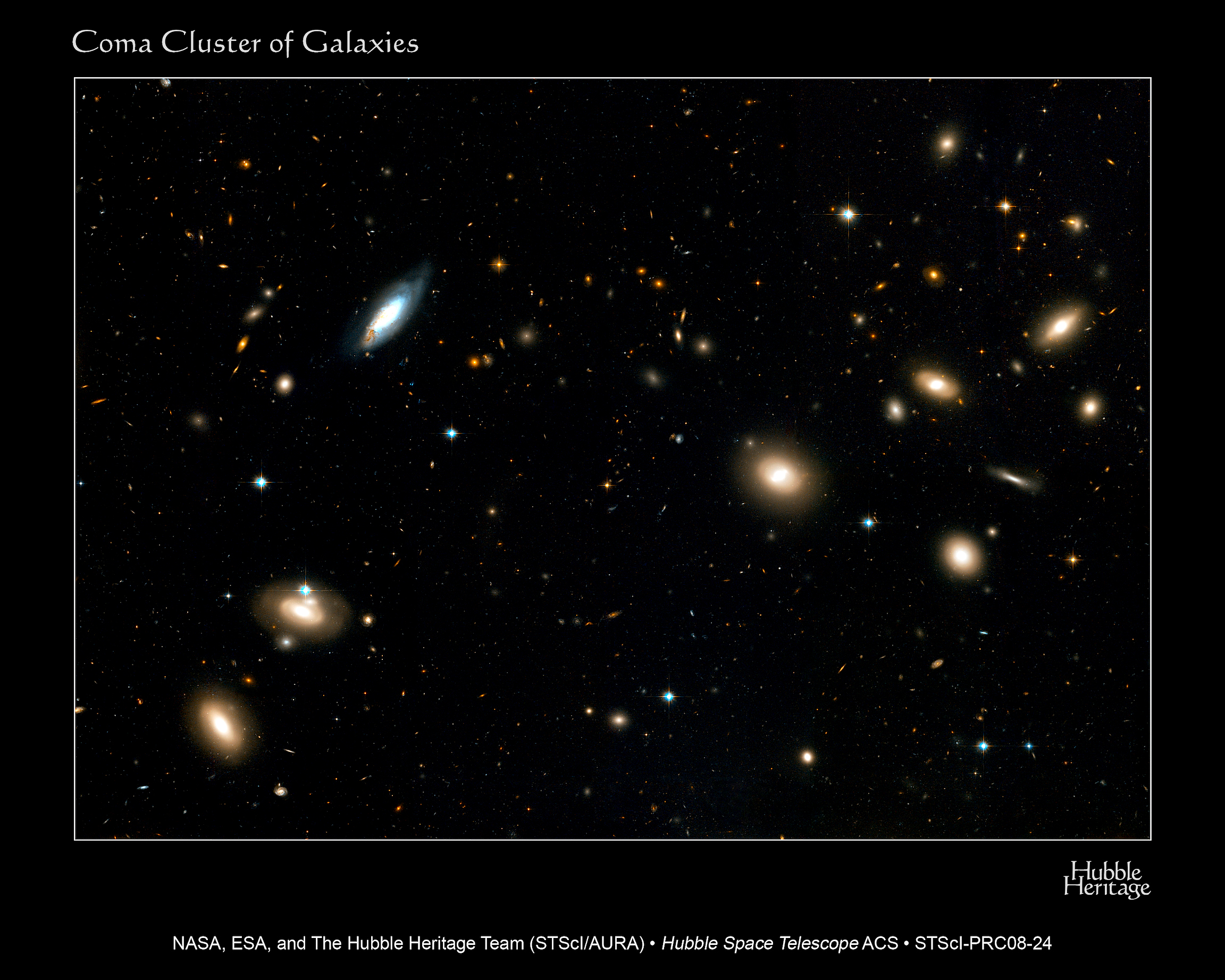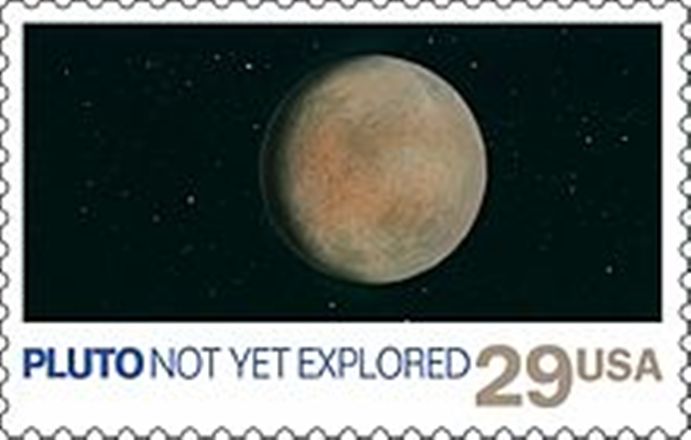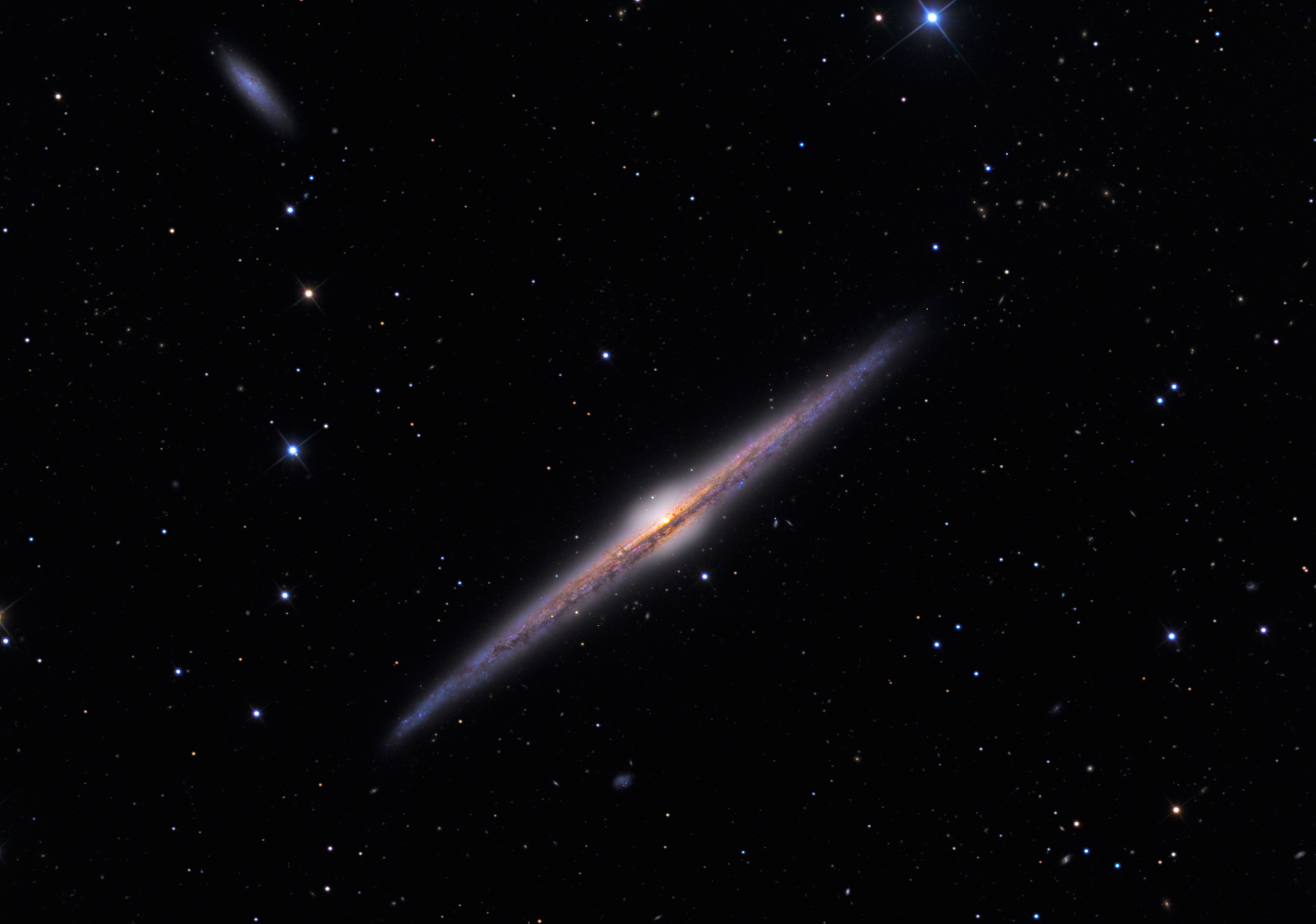Electrical Hierarchy
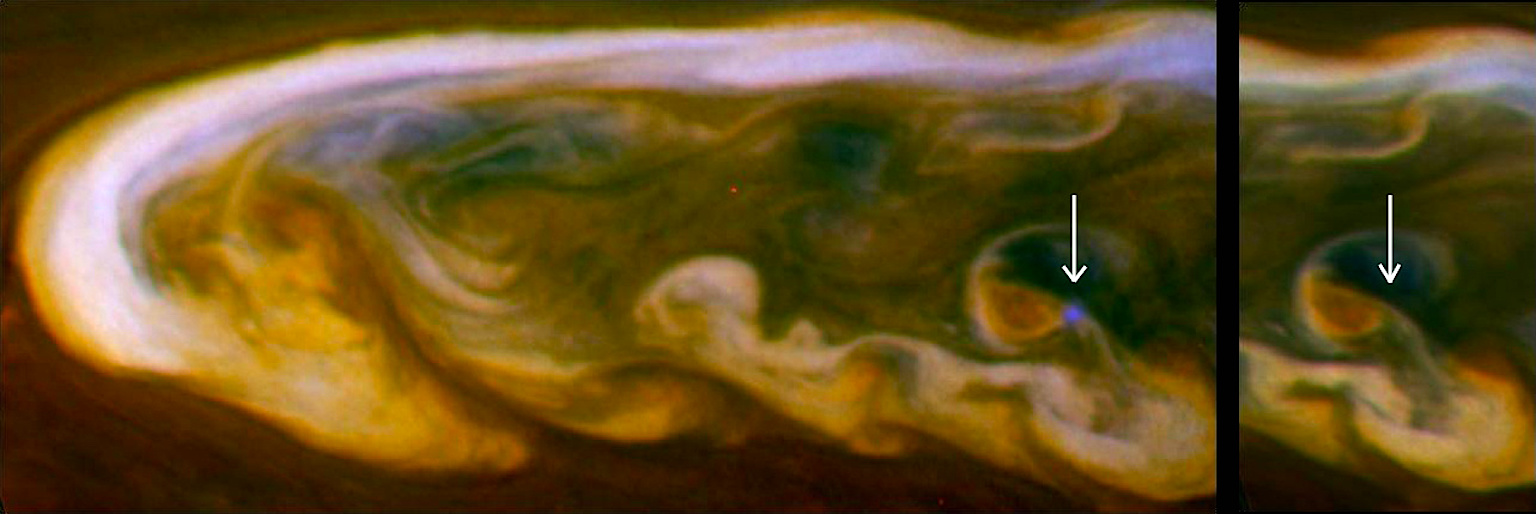
Jul 22, 2015 Elves could be found in gas giant atmospheres. The plasmasphere of Saturn is highly energetic. The Cassini orbiter found lightning up to a million times more powerful than anything on Earth. It is not surprising that the discovery was made, since Saturn emits 2.3 times more energy than it…





